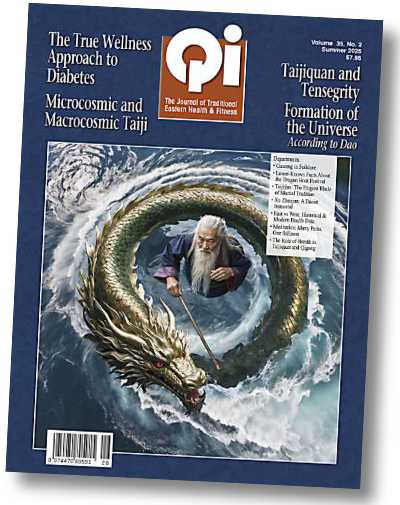Strength Training for Seniors
Safe and Effective
When you think of strength training, what image comes to mind? Heavy barbells, gyms crowded with young athletes, or strenuous workouts? Let’s gently shift that picture. Strength training for seniors is not about lifting enormous weights; rather, it’s about maintaining functional strength, improving daily activities, and enjoying greater independence and vitality as we age.
 Travelers visiting China often marvel at elderly people climbing steep temple stairs effortlessly or practicing Taijiquan (太极拳 tàijíquán) in beautifully low, balanced postures. Chinese parks buzz with activity every morning, as seniors perform gentle but purposeful exercises, from Qigong (气功 qìgōng) routines to simple stretching movements. Their secret isn’t rigorous gym routines, but consistent practice of exercises that keep muscles and bones strong enough for daily challenges.
Travelers visiting China often marvel at elderly people climbing steep temple stairs effortlessly or practicing Taijiquan (太极拳 tàijíquán) in beautifully low, balanced postures. Chinese parks buzz with activity every morning, as seniors perform gentle but purposeful exercises, from Qigong (气功 qìgōng) routines to simple stretching movements. Their secret isn’t rigorous gym routines, but consistent practice of exercises that keep muscles and bones strong enough for daily challenges.
For seniors, strength training includes gentle, controlled movements using your own body weight, resistance bands, or even household items like filled water bottles. A simple squat or stepping exercise, when performed carefully, can significantly enhance leg strength and stability. Similarly, practicing Taiji or standing meditation known as Zhàn zhuāng (站桩) can strengthen leg muscles and improve balance, reducing fall risks substantially.
Research has repeatedly shown the benefits of strength training for older adults. One large study reported that just two strength-training sessions per week significantly improved muscle mass, enhanced bone density, and relieved arthritis-related discomfort in adults over 65. Perhaps even more compelling is evidence that strength training also boosts cognitive health, sharpening memory and improving decision-making skills.
Strength training doesn’t only benefit muscles—it contributes significantly to mental wellness, too. The sense of achievement from becoming stronger often sparks greater self-confidence. In many Chinese cities, morning exercise gatherings double as vibrant social events, encouraging friendships and community connections. These interactions reduce loneliness and promote emotional well-being, vital elements for healthy aging.
 Worried about starting? The beauty of strength training is that it’s adjustable and accessible. You can begin at any fitness level, modifying exercises to suit your comfort. There’s no rush—gentle progression is key. For instance, simply practicing standing up from a chair repeatedly can safely strengthen your thighs and core without strain.
Worried about starting? The beauty of strength training is that it’s adjustable and accessible. You can begin at any fitness level, modifying exercises to suit your comfort. There’s no rush—gentle progression is key. For instance, simply practicing standing up from a chair repeatedly can safely strengthen your thighs and core without strain.
Consulting a healthcare provider or fitness instructor experienced in senior exercise is beneficial. They can design a safe routine tailored to your current abilities and goals. Soon, you'll notice increased ease in everyday tasks, improved balance, and renewed confidence in your body's capabilities.
As demonstrated so vividly by elderly communities throughout China, strength training at any age fosters independence, health, and joy in daily life. Let’s gently redefine our idea of "strength" and discover the joy and resilience it brings to our golden years.
Vocabulary Guide:
- Tàijíquán (太极拳): Tai Chi, a gentle martial art emphasizing balance, flow, and strength.
- Qìgōng (气功): Qigong, a practice combining breathing, movement, and meditation.
- Zhàn zhuāng (站桩): Standing meditation posture commonly used in Taiji and Qigong for building strength and stability.







